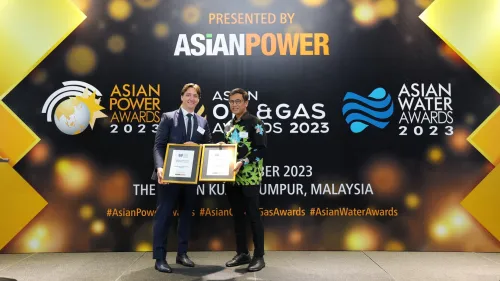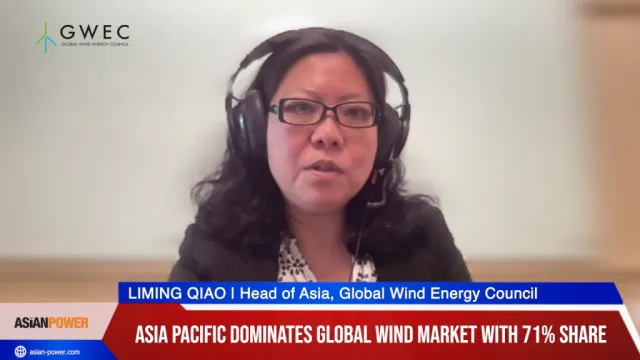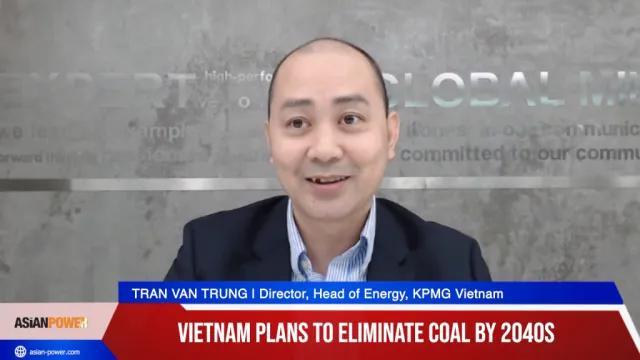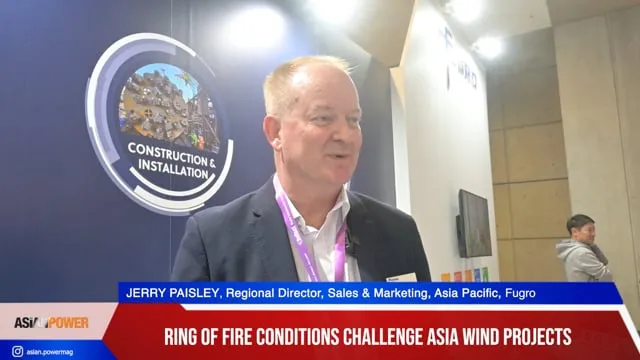
Low subsidies stunting Vietnam's wind power sector
Non-hydro renewables capacity will just double.
If Vietnam continues with its current energy policies, then non-hydro renewables capacity will likely just double over the next decade. Moreover, maintaining the low subsidies for wind power development will prevent the sector from reaching its full potential despite rich resources and keen investor interest.
BMI Research expects non-hydro renewables capacity to increase from just under 400 megawatt (MW) in 2016 to just over 850 MW by 2026, resulting in non-hydro renewables contributing less than 1% to total electricity generation in the country by the end of the forecast period in 2026. By contrast, thermal fuels, particularly coal-fired power generation, should see strong growth over the same period.
Georgina Hayden, head of power & renewables at BMI Research reckons this underperformance and lacklustre growth projections for wind and other renewable energy sources can be attributed to low subsidies and higher government priority on coal.
“Vietnam's regulatory environment for renewables remains underdeveloped and the wind subsidies that have been introduced by the government have been widely criticised for being too low and not ensuring an attractive return on investment,” says Hayden.
She reckons that when the tariff was first introduced in 2011, investor interest in the market picked up, with the government registering 48 wind power projects for development. However, by the end of 2014, only three projects had been commissioned.
Showing the strong potential of the sector despite the hurdles, some investors continue to plow large investments into Vietnam’s wind power sector. Last November, Mainstream Renewable Power signed a cooperation deal to develop, build, and operate — together with local and international developers — three wind projects with a combined capacity of approximately 940 MW. These include the 800 MW Phu Cuong Wind Farm located in the Soc Trang province, with an investment injection of approximately $2 billion, the 83 MW Thai Hoa Wind Farm, and the 55 MW Thai Phong Wind Farm located in the Binh Thuan province, with a combined investment injection of approximately $200 million.
Still, Hayden warns that “while renewables project announcements have increased in Vietnam over the past six months, our capacity growth forecasts remain conservative. Low subsidies on offer to developers and the government's stronger focus on other power sources all form bottlenecks to growth.”
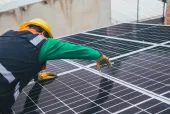

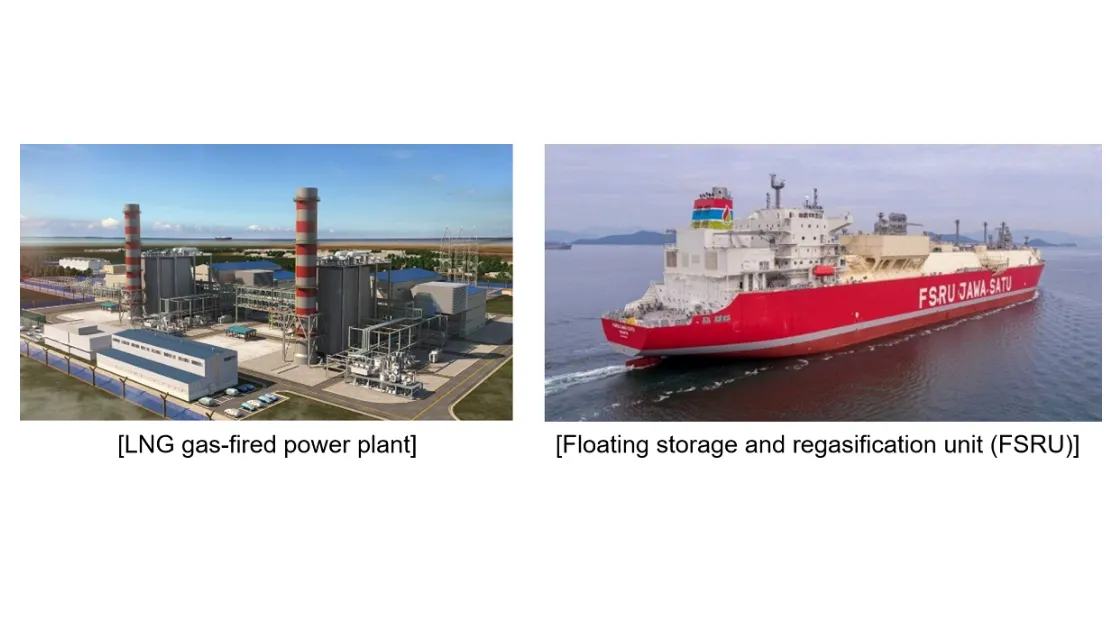
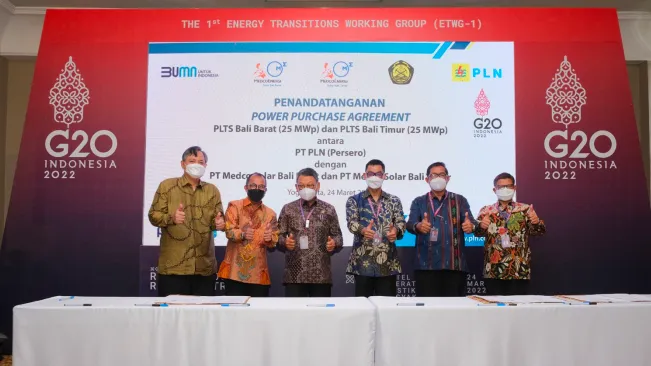





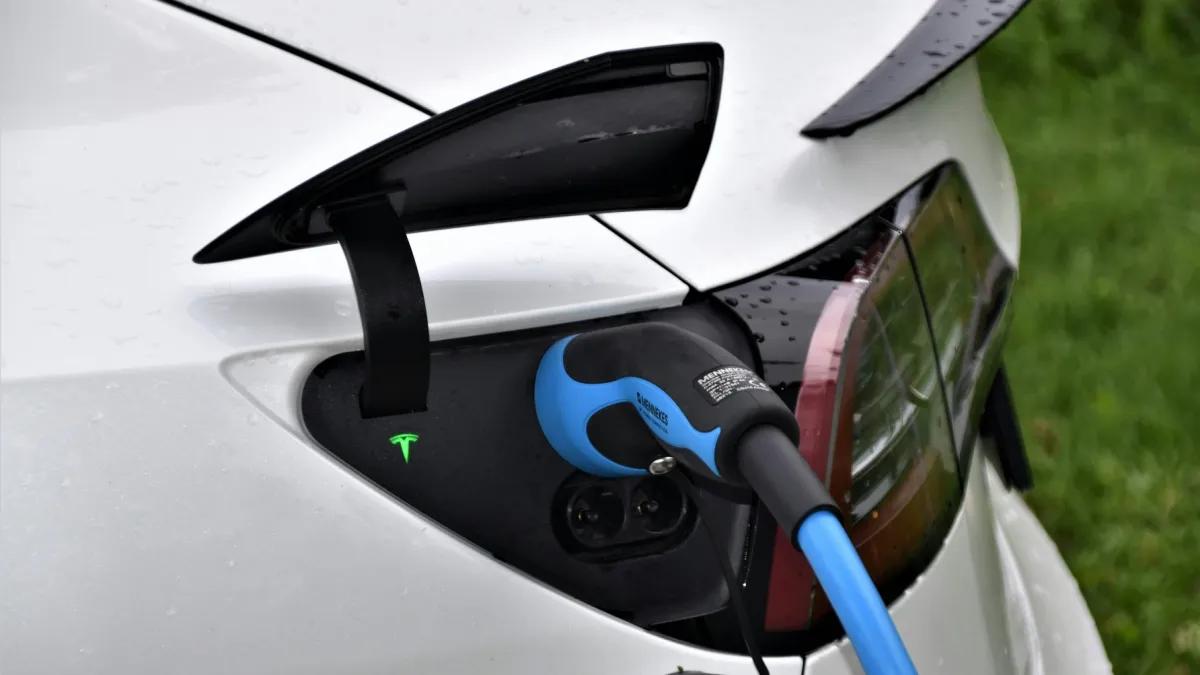



 Advertise
Advertise
